Mike Greene, ex CEO of the short-lived My Local chain, recently lamented the quality of the independent sector’s fresh offer. Do retailers believe his assesement is accurate, or are symbol groups catching up with the supermarkets?
In April, Mike Greene, then chief executive of the ill-fated My Local c-store chain, delivered a bruising verdict on the fresh offer in the independent sector. Speaking to a room full of leading industry figures at the ACS Summit, he said: “We’re not going to beat the [multiples] with canned and prepacked grocery. We won’t be taken seriously by consumers until we sort fresh out.”
A few months later My Local entered administration. The extent to which the chain’s fresh offer, supplied by Nisa, drove the decline is debatable. But most would agree that providing a credible fresh offer is increasingly important. Recent research by Nielsen revealed that 45% of shoppers cite high-quality fresh produce as a ‘highly influential’ factor in shoppers’ choice of grocery, above ‘lowest prices overall’ which was cited by a modest 39% of shoppers.
A survey of retailers by HIM Research & Consulting emphasised the importance of the category to c-store owners, with 39% saying fresh meats and fish are very important to the overall success of their store, while 53% said the same about fresh fruit and vegetables.
And while a number of retailers share Greene’s sentiments that the symbols are still lagging behind the multiples, the general consensus is that considerable progress in terms of range and quality has been made in recent years. However, there are a number of factors at play in translating that progress into sales.
The perception barrier
Jai Singh, owner of a Go Local Extra store in Sheffield, believes customer perception is a barrier for independents. “Having a supermarket brand above your door is a massive bonus,” he says. “A lot of it is about perception. Customers don’t browse as much for fresh in c-stores as they don’t expect it. If you ask people how many times they’ve gone into an independent c-store to buy fresh meat, you can probably predict the answer. But people know Co-ops sell good fresh, for example. And even if you have the same quality as at supermarkets, how many retailers would maintain the same standards?”
Arjan Mehr, who owns a Londis store in Bracknell, Berkshire, agrees: “We don’t have the luxury of a brand. As soon as you have a Tesco Express you put a stamp on that business. My Local went from Morrisons’ supply chain to a symbol supply chain, which is one of the reasons it failed.”
Jai says he is pleased with Nisa’s Heritage range, but he is still working on convincing his customers. “We’re growing our fresh sales, but there was not massive demand in the first place, especially with cooked meats. We’re reintroducing it tentatively now as the range has settled. So if customers like one cooked meat product, we’ll then expand the range,” he says.
Paul Stone, owner of seven Spar stores in the Greater Manchester area, says he works hard at challenging consumers’ pre-conceptions by focusing on range and availability. “In our new Marple store, which is only 1,000sq ft, we’ve surprised a lot of people. We’ve put a lot of chilled in and kept it well stocked,” he says. “When you walk into the mults you know you’re going to find double cream and coleslaw - you don’t have that confidence in [independent] c-stores. It’s about having those extras and always having availability.” With availability comes waste, but it is something retailers must accept, Paul adds. “You have to be prepared to accrue waste to build up the category.”
Baz Jethwa, who owns two Costcutter stores in Bolton, agrees. “Some retailers are afraid of waste, but you just have to put it in to your margin,” he says.
Working together
Paul believes that Spar and James Hall, the symbol group’s distributor for the North of England, have made great strides in recent years. “I share Mike Greene’s sentiments, but because I use James Hall we have the best fresh offer, and Spar is doing great work in fresh,” he says. “We know we’re lagging behind the mults, but we’re closing gaps.”
Scale is key, Paul adds. “For fresh to work you need critical mass - James Hall supplies to 600 stores. It also does well at building regional partnerships with suppliers, such as in fresh meat and fruit and veg - and it has integrated other facilities such as the Clayton Park Bakery.”
Baz says the onus is also on the retailer to boost their group’s buying power. “If retailers support their group then we can get better buying power and therefore a better product. Costcutter has 2,500 stores, but they’re not all supporting the brand by buying enough through them,” he points out.
Arjan agrees that progress in fresh depends on scale - and also collaboration within the industry. “The improvement with Booker is 100% on what we had before with Musgrave. If Booker - which supplies four symbol groups - doesn’t have scale, what hope do we have?” he says. “I think symbols should get together and have a fruit and veg company. Whether it’s due to scale or logistics, somehow the symbols are behind the multiples with fruit and veg.”
Nevertheless, Arjan thinks Booker has made a “great start” with its new Farm Fresh range, in terms of quality, range and value.
Paul says there are “big gaps” in Spar’s ready meal accompaniments and ready meal development, as well as the breadth of fresh meat. “But compared with two years ago Spar has more lines and better quality own label, and a number of James Hall lines are fabulous, such as microwaveable new potatoes, £1, in a bag with butter,” he adds.
Paul’s stores also make their own fresh food-to-go products to complement the core offer, while local products are also important to enhance the range.
Jai also backs local.”We get our raw meats from a local farm, so we’re combining the two. It’s more expensive, which is why we need Heritage, too. Nisa offers value, and when you’re surrounded by the likes of Asda you need to corner that range. It also offers loose and pre-packed veg which is what customers want.”
Baz says Costcutter has “got it right” with ready meals and fresh meats, but it needs to work on fruit & veg and pricing.
However, price isn’t everything, Arjan adds. “If you provide the things people want you’ll get the business. If price is your only focus it’s a self-fulling prophecy and you’ll end up like a pound shop without the name.”
Symbols make strides in sales, product development, scale and pricing
Nisa recorded a significant increase in its Heritage fresh sales in the last financial year, while sales of the fresh meat range have risen 20% since it was revamped in April. The group’s new wholesale fresh produce initiative, which allows members to buy in larger volumes, has led to a 40% uplift in sales and wider purchasing.
Booker says its new Farm Fresh meat and poultry lines enable retailers to compete with the multiples, with margins of between 25% and 30%, and retail prices cut by up to 40%.Packaging improvements have increased shelf life, thus reducing waste, while the range also carries the Red Tractor quality assurance stamp.
Spar distributor AF Blakemore is extending its range of prepared fresh produce, and relaunching its fresh fish range in September, prompted by the trend towards healthy eating. It is developing the “critical area” of ready meals with more ‘centre plate’ ideas, such as slow-cooked meats and prepared vegetables for an “easy evening meal solution”.
James Hall, Spar distributor for the North of England, says its fresh offer is driven by the combination of local products made by its own manufacturers and Spar own brand. “A vertically integrated supply chain in fresh is something we’re absolutely committed to,” says trading director Andrew Barnes. This year the group has relaunched its cooked meats offer and has worked with suppliers to improve the “commercial proposition” of fruit and veg. A programme of one-week ‘stunt activity’ focuses on strawberries, melons and pineapples.
Best-one has seen 68% growth in chilled sales since last October’s launch of its Central Pick service, in which orders are picked on the same day and delivered to store within 48 hours.
Costcutter has developed new product areas including prepared vegetables, stir-fries and ethnic foods. Food to go and “simple meal solutions” are its future priority. The Independent range saw a 30% sales rise in the second half of 2015.















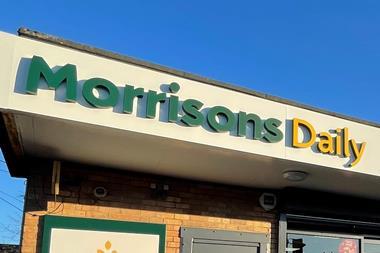
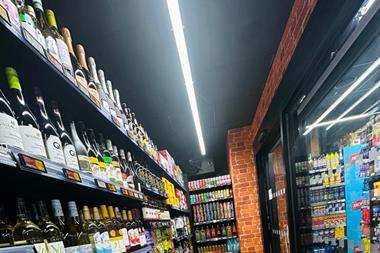
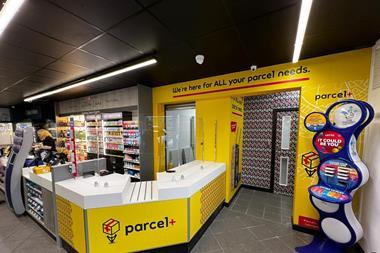

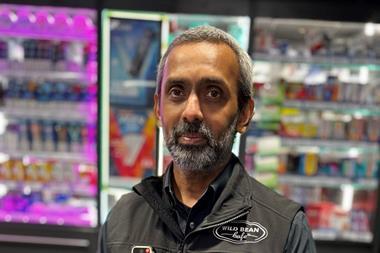
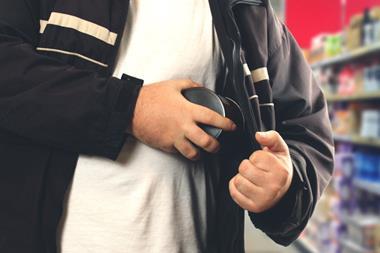
1 Readers' comment